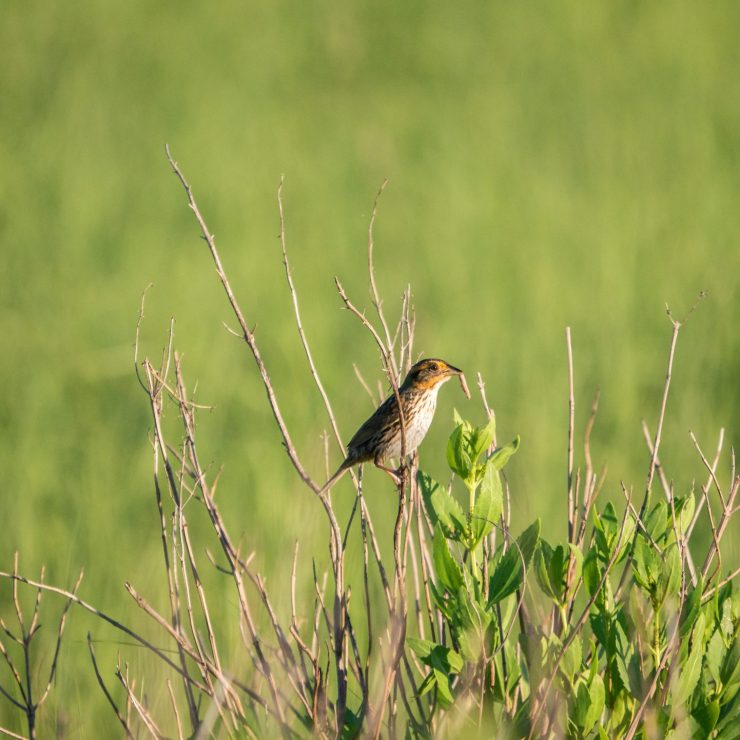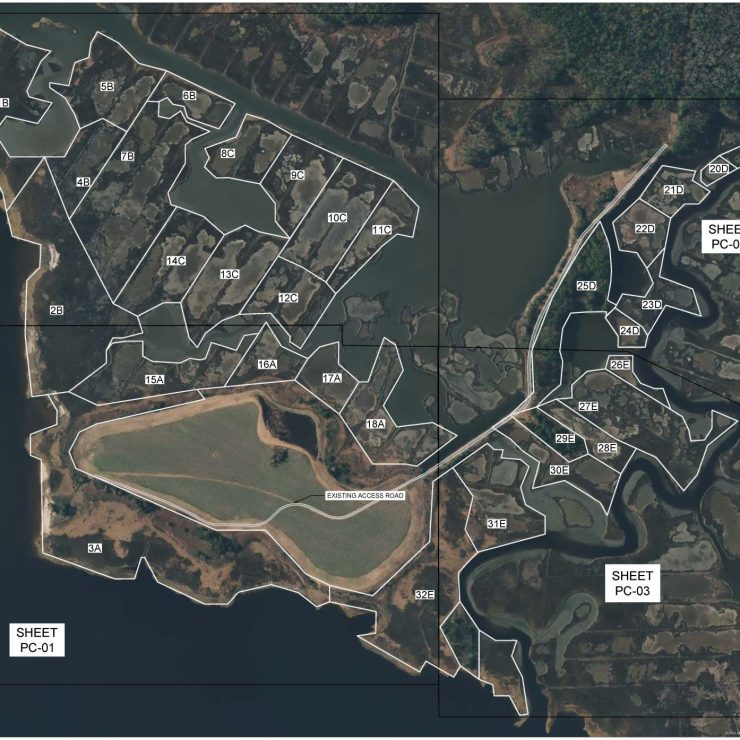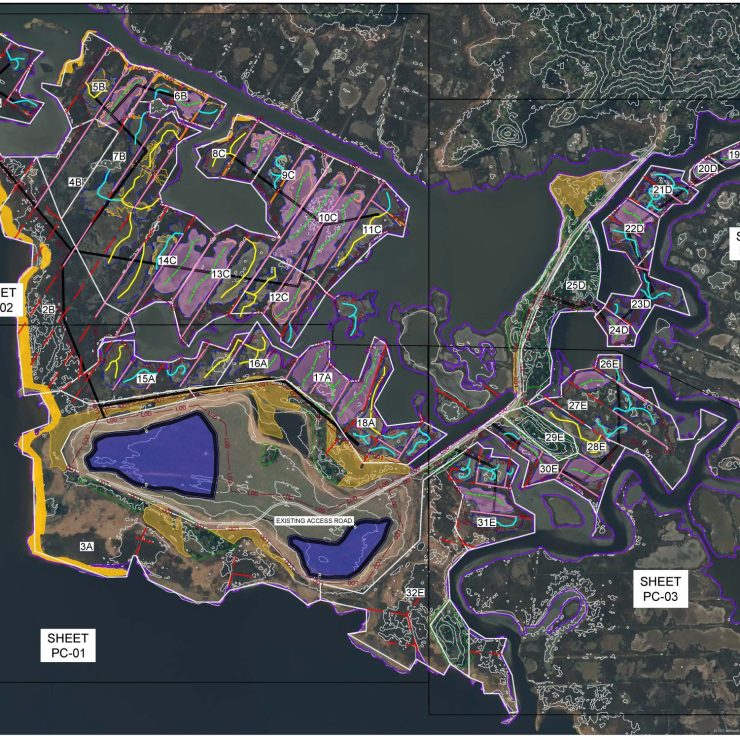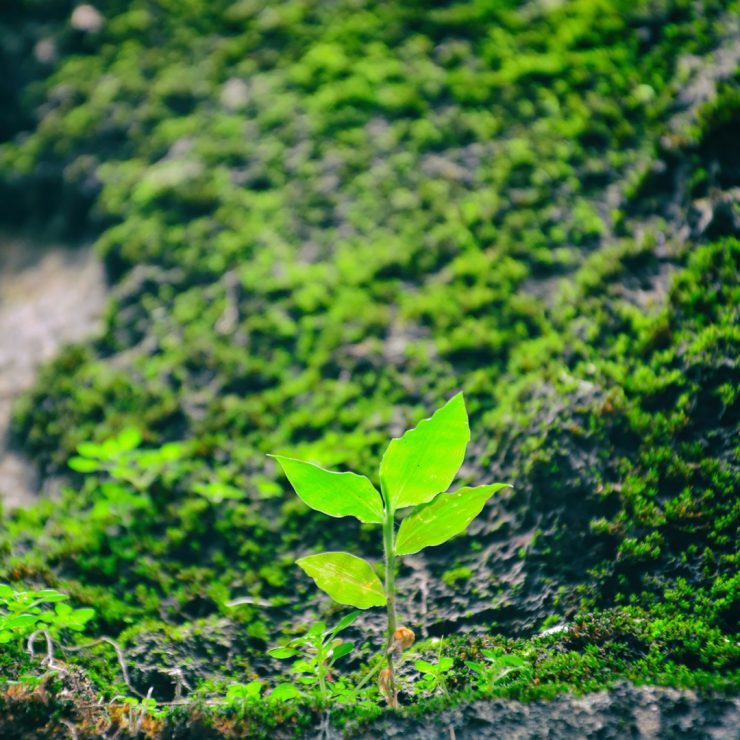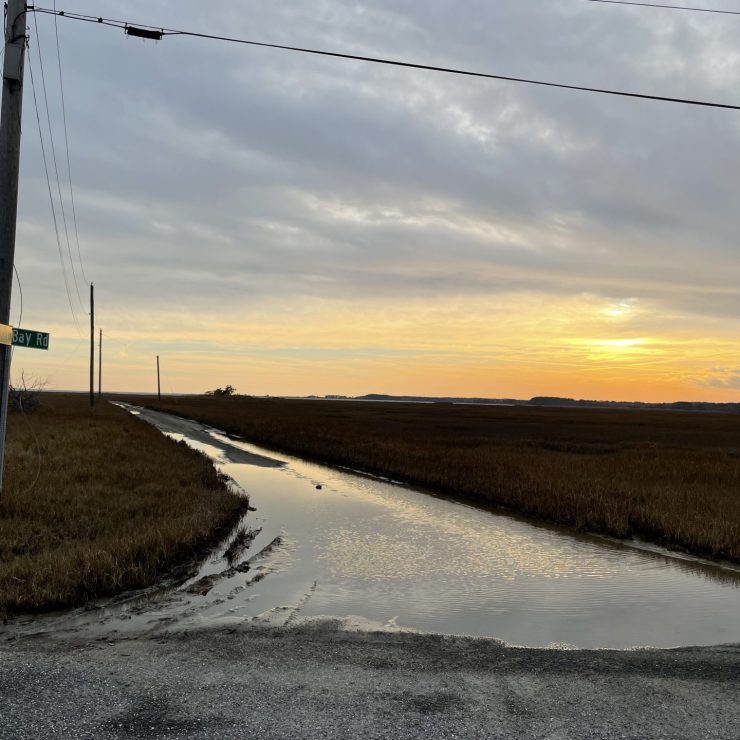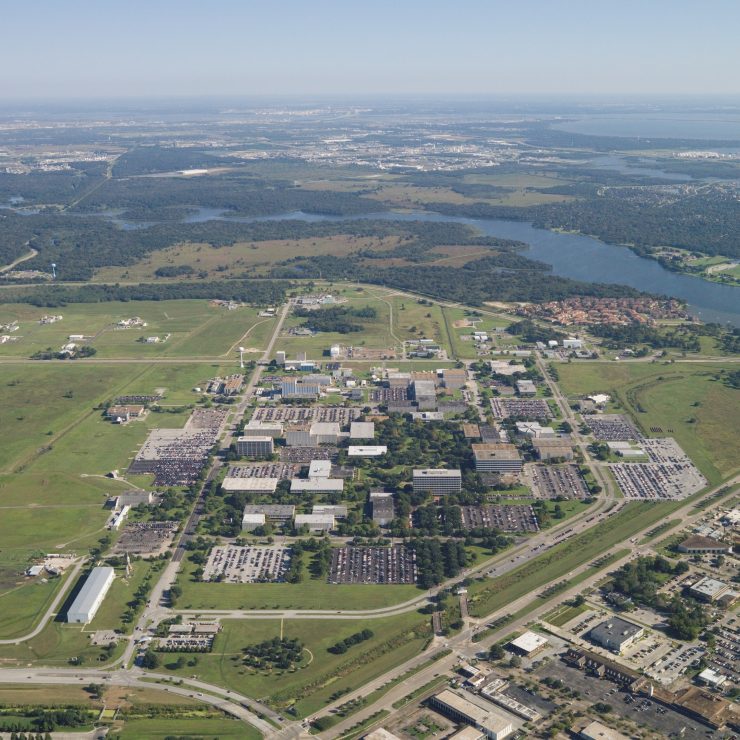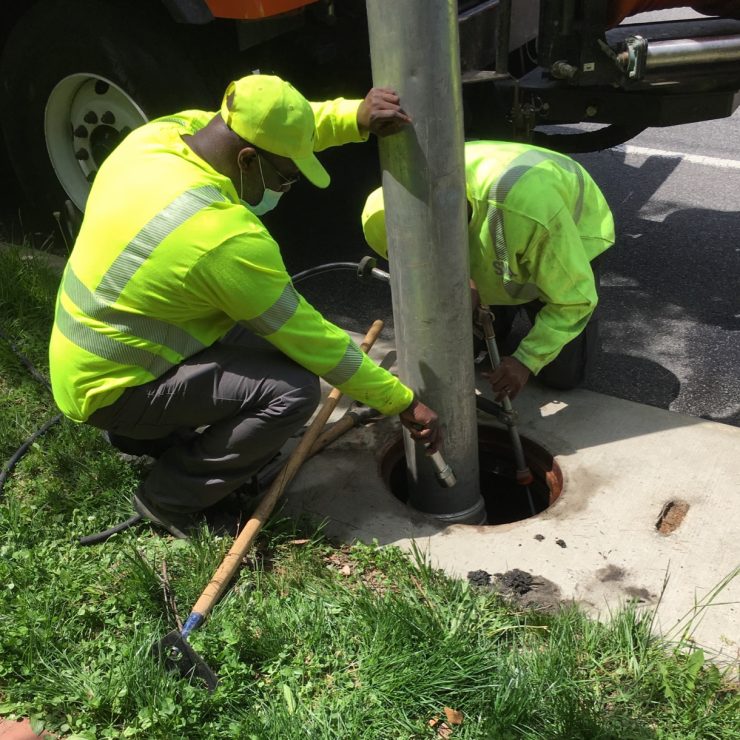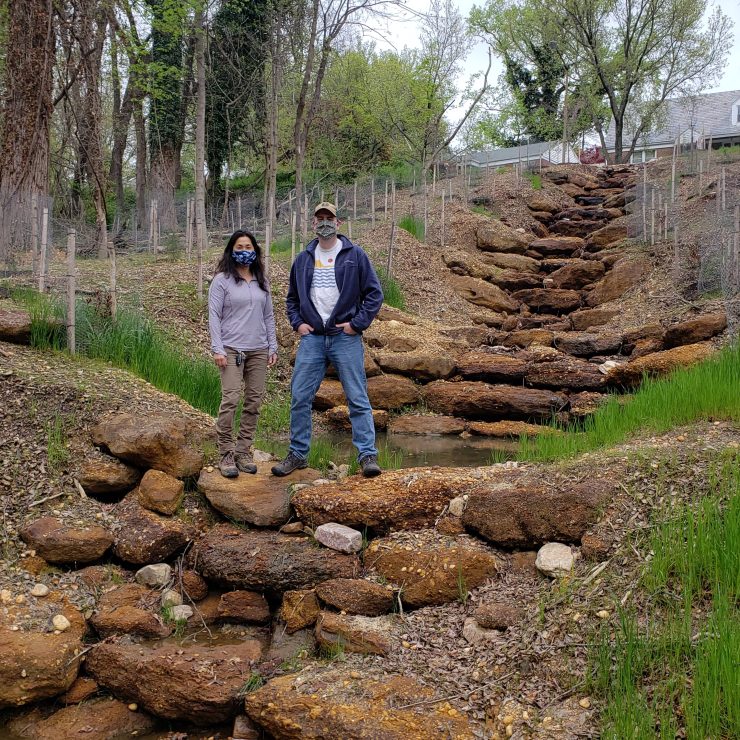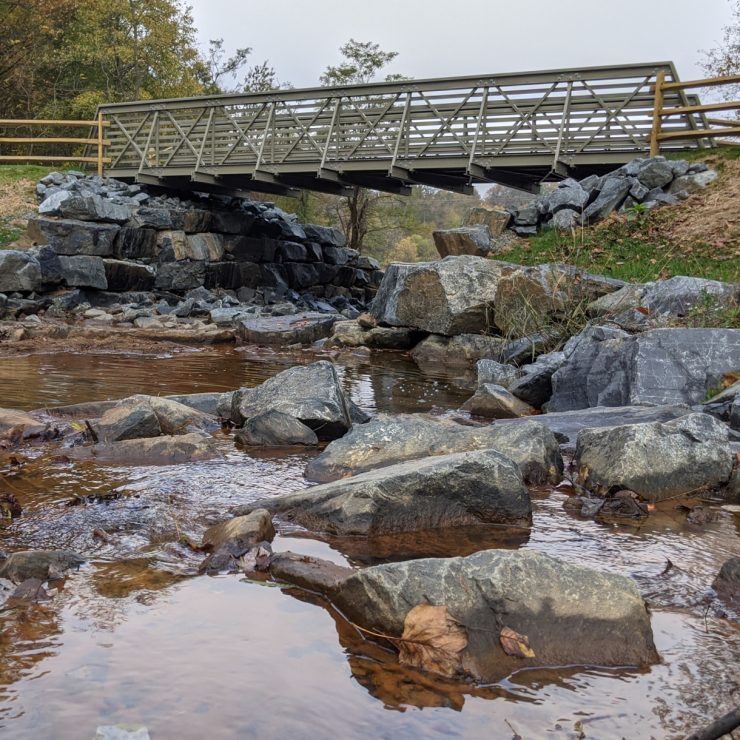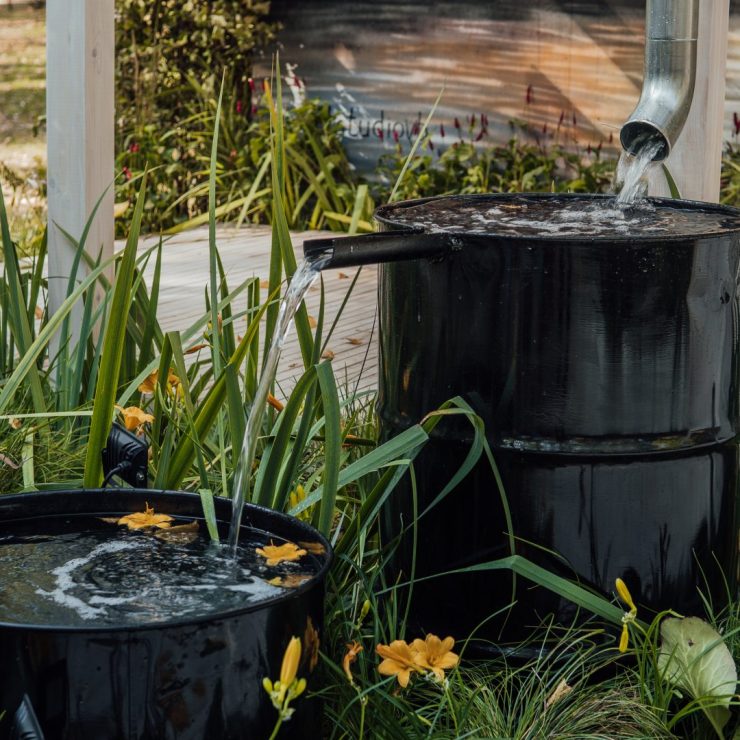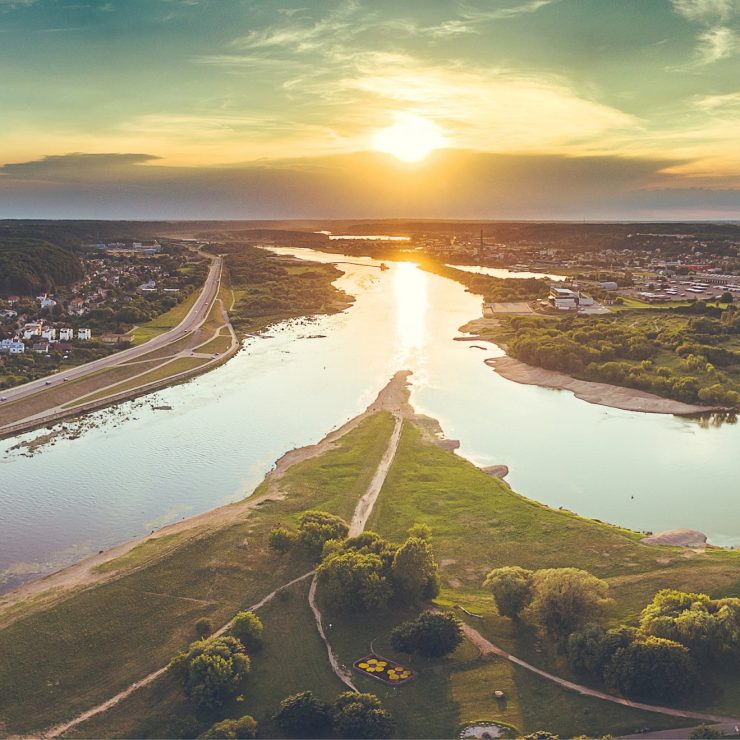Our Approach
For this project, Straughan was part of a team tasked with designing restoration practices for salt marshes in the Maryland’s Coastal Bays. The salt marshes have been impacted by ditching for mosquito control as well as effects of sea level rising causing creation of open waters in a portion of the marsh cells. These impacts have led to decreased habitat for species including the saltmarsh sparrow. The project aimed to alleviate pooling and deterioration of the marsh environment and improve the flow of water through the marsh to maintain healthy tidal levels. Straughan was responsible for providing the design of salt marsh restoration at three (3) private properties along the Maryland Coastal Bays of Newport and Sinepuxent Bays, as a subconsultant to Sovereign. Tasks included desktop data collection and review and use of the provide USFWS data; site visit to all sites to perform assessment and document current conditions; preparation of 30%, 60%, 90% and final design plans; and permitting support services including development of impact plates, narratives and meeting attendance.
The final design practices proposed included creating borrow ponds to source fill material on site, filling of failing/abandoned ditches, and cleaning out of ditches needed for tidal exchange. The main practices consist of either proposing high marsh nourishment or secondary platform channels to target areas of failing marsh within each marsh cell. The areas of high marsh nourishment create an area of fill material where permanent pooling exists, consisting of a central berm, or spine to create the elevated land needed for high marsh habitat with positive drainage. Within this nourishment, high marsh plantings such as salt meadow hay and seagrass will promote longevity and help restore the marsh. The areas of secondary drainage channels will create runnels to alleviate pooling and direct flow of water towards existing ditches to promote a healthy marsh environment. The goal of these runnels is to reintroduce proper tidal flush in the low marsh areas and promote access of wildlife through the marsh, therefore improving the function of the marsh habitat. Overall, across the three sites, Straughan and the design team are proposing to restore over 112 acres of saltmarsh. These proposed practices will aim to support local watershed goals of restoring the hydrology and habitat of these marsh environments.
